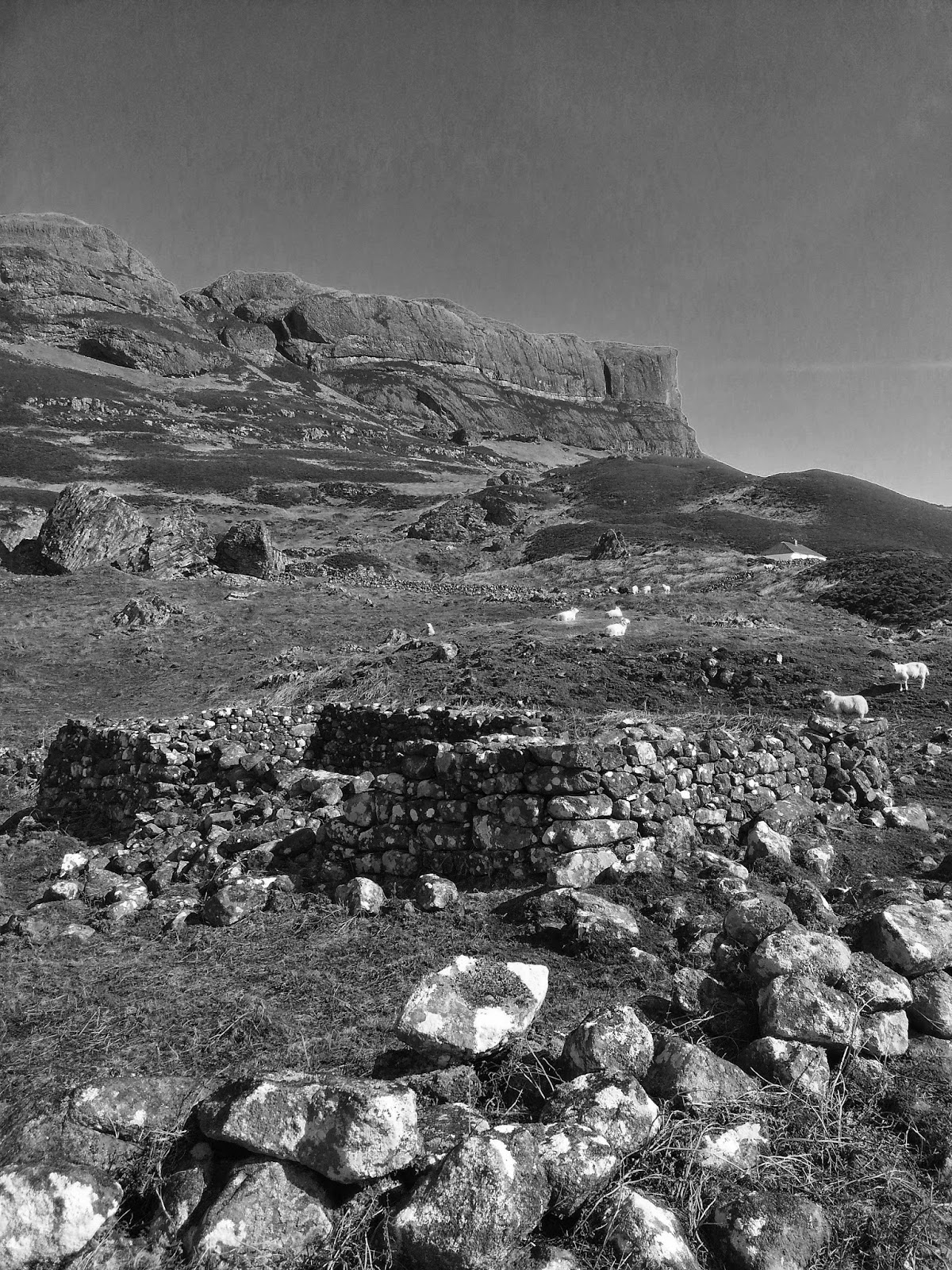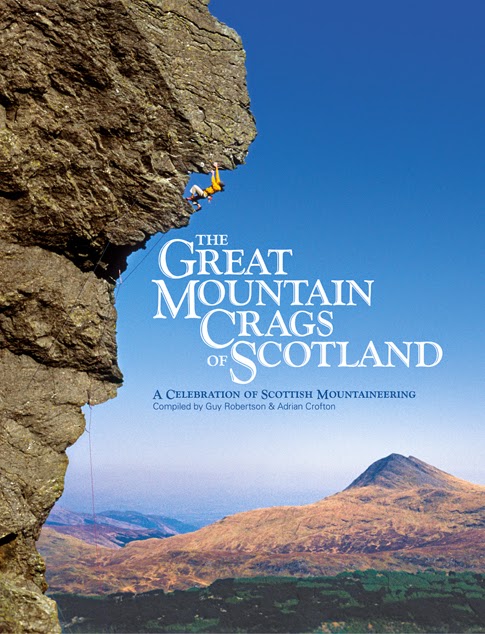Meta Bouldering
Metadolerite. what the hell was that? I flicked through the South Donegal appendix to discover it is an igneous intrusion, but very, very old. An original intrusion into very old schist, this itself had been metamorphosed several times into a dense smooth gabbro of sorts, with rough faces and unbreakable holds, even the wee edges were like diamond. There was sea-washed schist as well, smooth and faceted, or rippled into finger jugs where baby periwinkles lodged under the fingernails... sea-bouldering in Donegal is elemental. Traipsing out over zawns, heel-hooking out along wave-cut platforms, hanging to a nugget-hard residue of the earth's previous thoughts. Seals raised curious buoy-like heads, sniffed the air for human sweat, curious at the odd struggles. A russet mink sniffed along the ledges, oblivious and upwind, then vanished into the rocks somewhere. The machair is bitten down by late summer winds, the heather dessicated, mushrooms shrivelled in dry cow pats, asphodel like a small stellar explosion... everything is shaped by the wind and the salt, hardened honeycombs of life hanging on to the fringes. Bouldering hangs on to the fringes of the climbing world, a rare machair of short-bitten movement and evolution to a dessicated habitat - skin peels with salt and chalk. It has its own season, its own eye needed to spy out the movement in those overhangs, the hidden aretes of sea cliffs, the deep-water solos that thicken the phlegm, everywhere following the random lines of geology and erosion. Surfing the hard edge of erosion, the slow wave of rock collapsing into beetling overhangs, if you watched long enough. Like the late summer flowers on the machair, we are spits of colour in a relentless surge not of our own.


